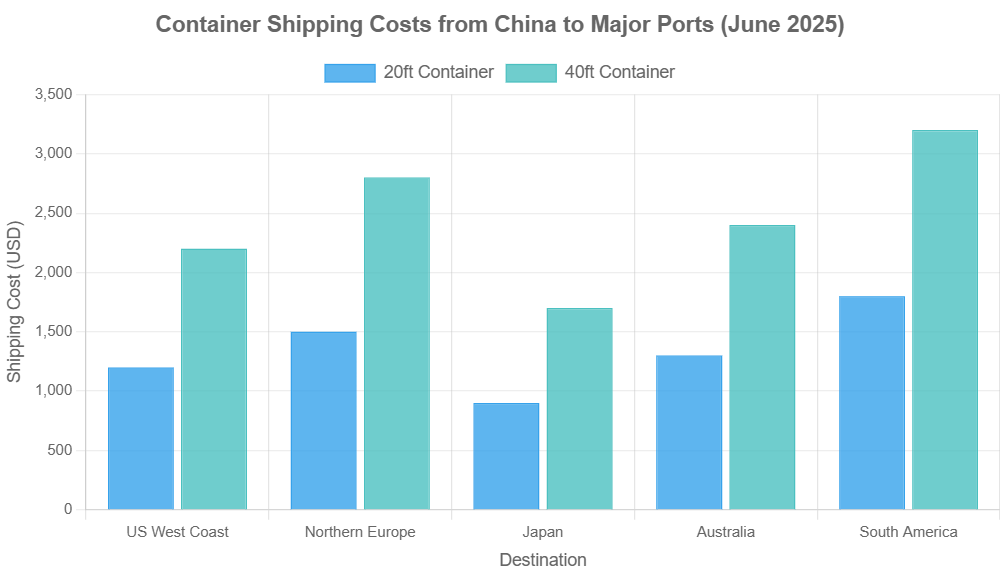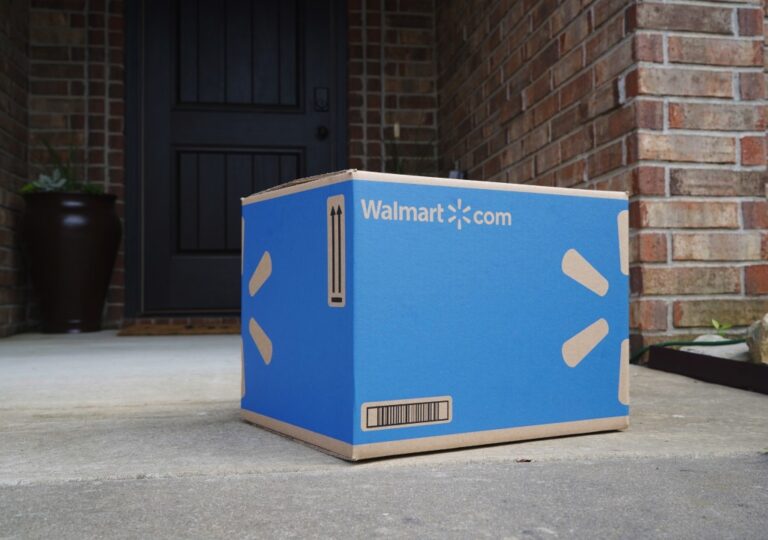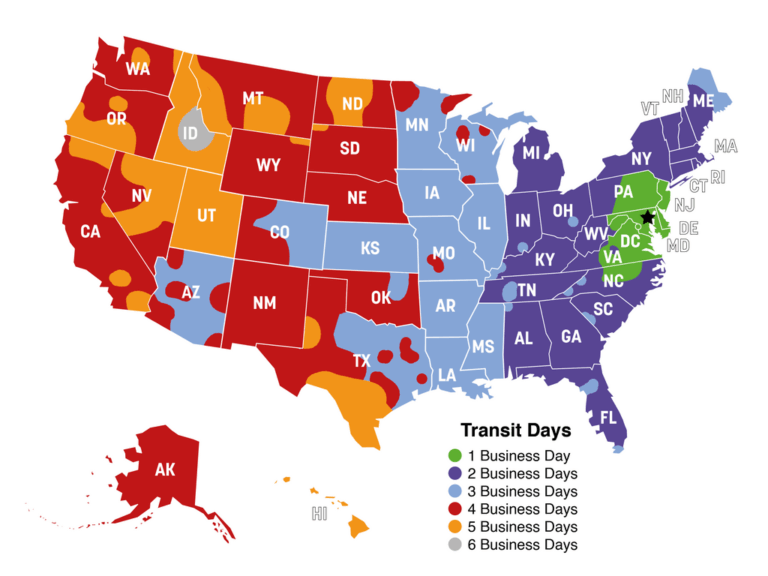Container Shipping Costs from China to Major Global Ports (June 2025)
Introduction
Container shipping is the backbone of global trade, enabling the efficient movement of goods across continents. China, as the world’s leading manufacturing hub, plays a central role in this ecosystem, exporting everything from electronics to consumer goods to markets worldwide. For businesses and individuals importing from China, understanding shipping costs is essential for budgeting, pricing strategies, and supply chain management. This report provides a comprehensive overview of container shipping costs from China to major ports around the world as of June 2025, based on recent industry data. It also explores the factors influencing these costs and offers strategies for optimizing logistics.

The Role of Container Shipping
Container shipping revolutionized international trade by standardizing cargo transport, allowing seamless transitions between ships, trucks, and trains. This efficiency has reduced costs and transit times, making it the preferred method for moving large volumes of goods. China’s dominance in manufacturing has fueled the growth of container shipping, with major ports like Shanghai, Ningbo, and Shenzhen serving as key departure points for global trade routes.
Types of Containers
Shipping costs vary depending on the type of container used, which is selected based on the cargo’s nature:
- Dry Containers: Standard containers for general cargo like electronics, clothing, and machinery.
- Refrigerated Containers (Reefers): For perishable goods requiring temperature control, such as food or pharmaceuticals.
- Open-Top Containers: For oversized cargo that cannot fit through standard container doors.
- Flat Rack Containers: For heavy or bulky items like construction materials or vehicles.
- Tank Containers: For liquids or gases, such as chemicals or food-grade liquids.
Specialized containers, like reefers, typically cost more due to additional handling requirements.
Shipping Costs to Major Destinations
The following table summarizes approximate shipping costs for 20-foot (20ft) and 40-foot (40ft) containers from China to major ports, based on June 2025 data. Costs are for Full Container Load (FCL) unless otherwise noted and exclude additional fees like customs duties or port charges.
| Destination | Port Examples | 20ft Container Cost (USD) | 40ft Container Cost (USD) |
|---|---|---|---|
| USA West Coast | Los Angeles, Long Beach | $2,462 | $4,924 |
| USA East Coast | New York, Savannah | $3,520 | $7,040 |
| North Europe | Rotterdam, Hamburg | $2,459 | $4,918 |
| Mediterranean | Genoa, Piraeus | $2,979 | $5,958 |
| Japan | Tokyo, Yokohama, Kobe | $800-$1,500 | $1,200-$2,500 |
| South Korea | Busan, Incheon | $850-$1,500 | $1,500-$3,000 |
| Australia | Sydney, Melbourne, Brisbane | $800-$1,800 | $1,500-$3,000 |
| India | Nhava Sheva, Chennai, Mumbai | $1,200-$2,500 | $2,000-$3,500 |
| Brazil | Santos, Rio de Janeiro, Paranaguá | $1,500-$2,000 | $2,800-$3,000 |
| South Africa | Durban, Cape Town | $2,000-$2,500 | $2,200-$3,000 |
| United Arab Emirates | Jebel Ali, Abu Dhabi, Sharjah | $2,200 | $2,600 |
Detailed Breakdown by Region
- United States
- West Coast: The Transpacific route to ports like Los Angeles is one of the busiest, with frequent sailings keeping costs relatively stable. The cost for a 20ft container is approximately $2,462, with 40ft containers around $4,924, based on Freightos data.
- East Coast: Shipping to New York or Savannah is more expensive due to longer transit times and additional handling, with costs around $3,520 for 20ft and $7,040 for 40ft.
- Europe
- North Europe: Ports like Rotterdam and Hamburg are major gateways, with costs around $2,459 for 20ft and $4,918 for 40ft, reflecting high demand and efficient port operations.
- Mediterranean: Ports like Genoa and Piraeus see slightly higher costs ($2,979 for 20ft, $5,958 for 40ft) due to longer routes and regional demand fluctuations.
- Asia
- Japan: Intra-Asia shipping benefits from proximity, with costs ranging from $800-$1,500 for 20ft and $1,200-$2,500 for 40ft to ports like Tokyo and Yokohama. Some sources, like Sino-Shipping, suggest lower rates ($340 for 20ft), but these may reflect LCL or specific conditions.
- South Korea: Costs to Busan or Incheon are similar, ranging from $850-$1,500 for 20ft and $1,500-$3,000 for 40ft, driven by high trade volumes and short transit times.
- Australia
- Major ports like Sydney and Melbourne have stable rates, with 20ft containers costing $800-$1,800 and 40ft containers $1,500-$3,000, according to Sino-Shipping and Basenton.
- India
- Shipping to Nhava Sheva or Chennai costs $1,200-$2,500 for 20ft and $2,000-$3,500 for 40ft, reflecting port inefficiencies and customs complexities, as noted by Basenton.
- Brazil
- Costs to Santos or Rio de Janeiro are $1,500-$2,000 for 20ft and $2,800-$3,000 for 40ft, driven by long transit times (29-35 days), per Sino-Shipping.
- South Africa
- Durban and Cape Town see costs of $2,000-$2,500 for 20ft and $2,200-$3,000 for 40ft, with transit times of 17-48 days, according to Sino-Shipping.
- United Arab Emirates
- Jebel Ali and Abu Dhabi have costs around $2,200 for 20ft and $2,600 for 40ft, benefiting from the UAE’s role as a transshipment hub, as per Sino-Shipping.
Factors Influencing Shipping Costs
Several factors contribute to the variability of shipping costs:
- Distance: Longer routes, such as to Brazil or South Africa, incur higher costs due to increased fuel and transit time.
- Fuel Prices: Fluctuations in oil prices lead to fuel surcharges, impacting overall costs.
- Supply and Demand: High demand during peak seasons (e.g., pre-holiday periods) can drive up rates.
- Geopolitical Events: Trade tensions, such as U.S.-China tariffs, or disruptions like the Red Sea crisis, can increase costs by forcing rerouting, as noted by Xeneta.
- Seasonal Variations: Demand spikes during Chinese New Year or summer months can elevate rates.
- Cargo Type: Specialized cargo, like hazardous materials or perishables, requires additional handling, increasing costs.
- Shipping Method: FCL is cost-effective for large shipments, while LCL is better for smaller volumes, with LCL rates often $50-$100 per cubic meter.
- Additional Fees: Port charges, customs duties, insurance, and inland transportation add to the total cost.
Strategies for Cost Optimization
To manage shipping costs effectively:
- Choose the Right Container: Use FCL for large shipments and LCL for smaller ones to optimize space and cost.
- Book Early: Secure space during peak seasons to avoid rate hikes.
- Consolidate Shipments: Combine multiple shipments to reduce per-unit costs.
- Select Efficient Ports: Ports with better infrastructure, like Jebel Ali, can lower handling fees.
- Work with Freight Forwarders: Experienced forwarders can negotiate better rates and handle customs, as suggested by Basenton.
- Monitor Market Trends: Use tools like the Drewry World Container Index to stay informed about rate fluctuations.
Conclusion
Container shipping costs from China to major global ports in June 2025 vary widely based on destination, container size, and market conditions. While the costs provided are based on reliable industry sources, they are estimates and subject to change. Businesses should use online calculators, such as those offered by Freightos, or consult freight forwarders for precise quotes. By understanding the factors influencing costs and adopting strategic planning, importers can optimize their logistics and enhance profitability in the dynamic world of international trade.


